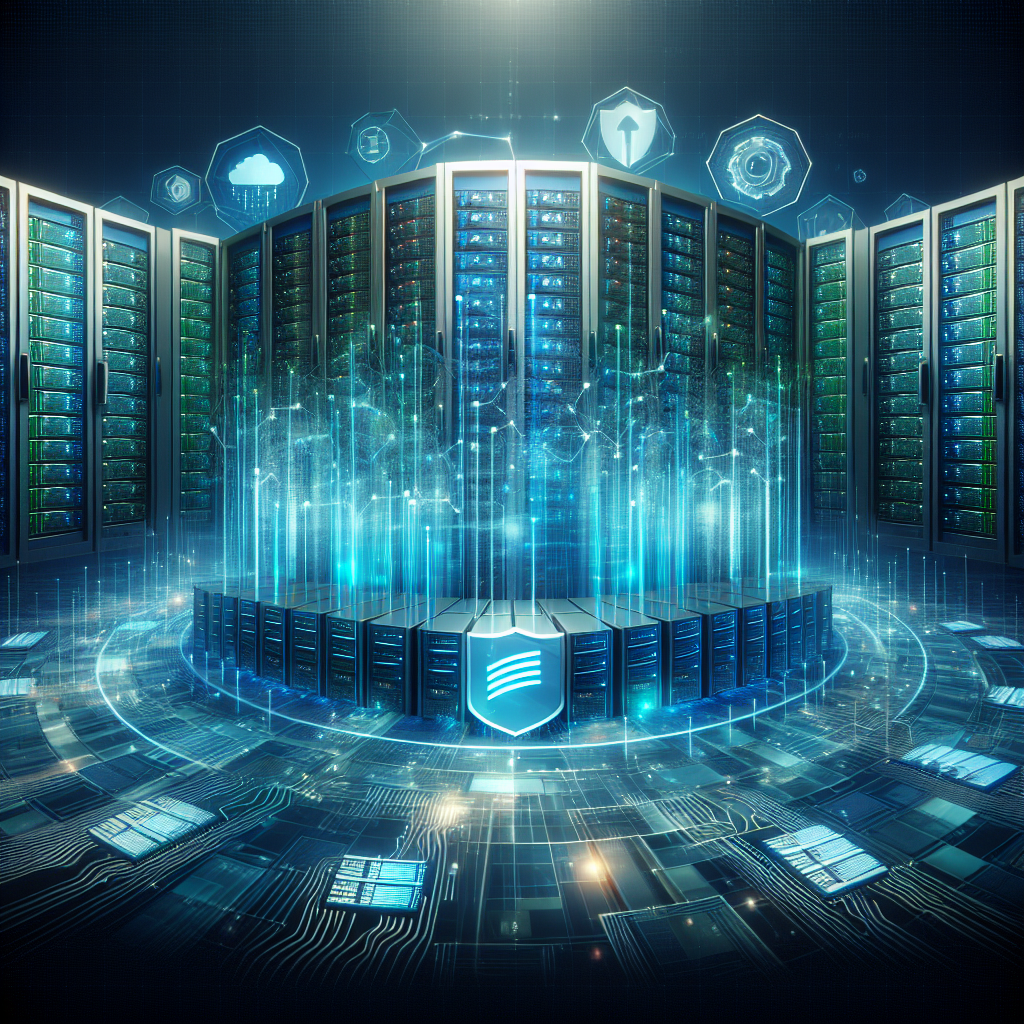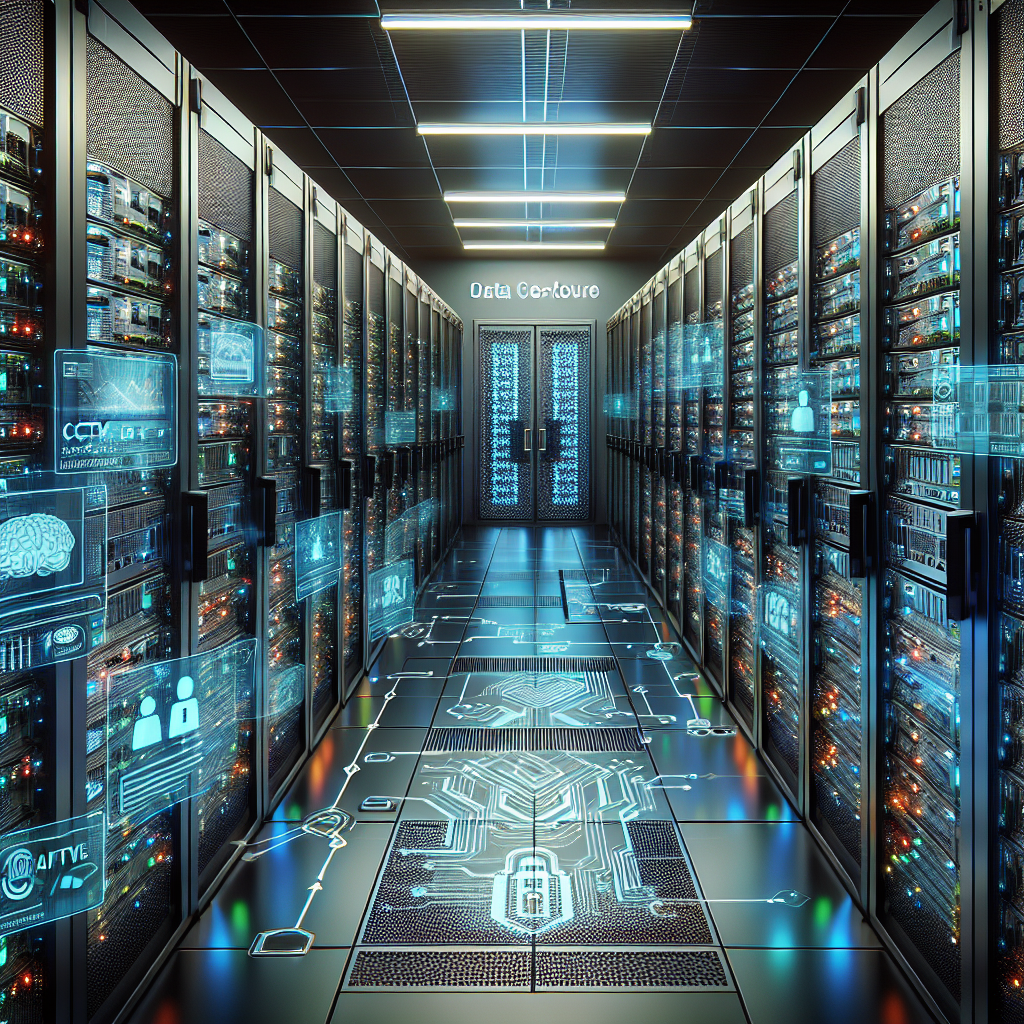Green data centers are becoming increasingly important as businesses strive to reduce their environmental impact and energy costs. These facilities are designed to be more energy efficient and sustainable, using innovative technologies and practices to minimize their carbon footprint.
One of the main drivers behind the push for green data centers is the growing demand for data storage and processing. With the rise of cloud computing, big data analytics, and the Internet of Things, the amount of data being generated and processed is increasing exponentially. Traditional data centers are notorious for their high energy consumption, with cooling and powering servers accounting for a significant portion of their operating costs.
By implementing energy-efficient technologies and practices, green data centers are able to significantly reduce their energy consumption and carbon emissions. For example, many green data centers use server virtualization to consolidate multiple servers onto a single physical machine, reducing the overall number of servers needed and therefore the amount of energy required to power and cool them. They also utilize energy-efficient cooling systems, such as free cooling and liquid immersion cooling, to minimize the amount of electricity needed to keep servers at an optimal temperature.
In addition to reducing energy consumption, green data centers also often incorporate renewable energy sources, such as solar or wind power, to further reduce their carbon footprint. By generating their own clean energy on-site, these data centers can reduce their reliance on fossil fuels and contribute to a more sustainable energy grid.
Furthermore, green data centers are also designed with sustainability in mind, using eco-friendly building materials and practices to minimize their environmental impact. This includes using energy-efficient lighting, recycled materials, and low-emission paints and adhesives.
Overall, the importance of green data centers cannot be overstated. As the demand for data storage and processing continues to grow, it is vital that businesses prioritize energy efficiency and sustainability in their IT infrastructure. By investing in green data centers, companies can not only reduce their environmental impact but also save on energy costs in the long run. In this way, energy efficiency is not only driving innovation in data center technology but also helping to create a more sustainable future for all.










